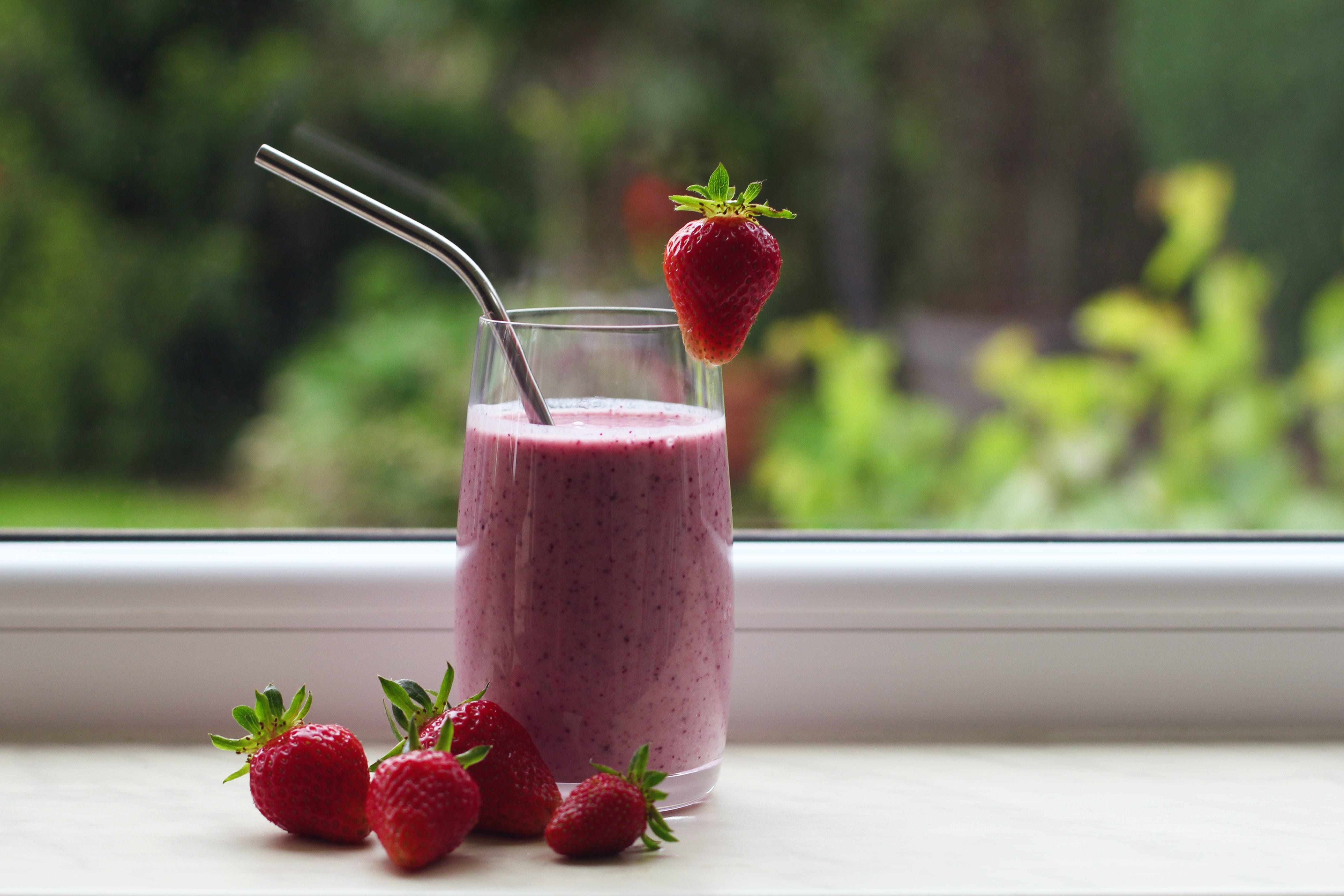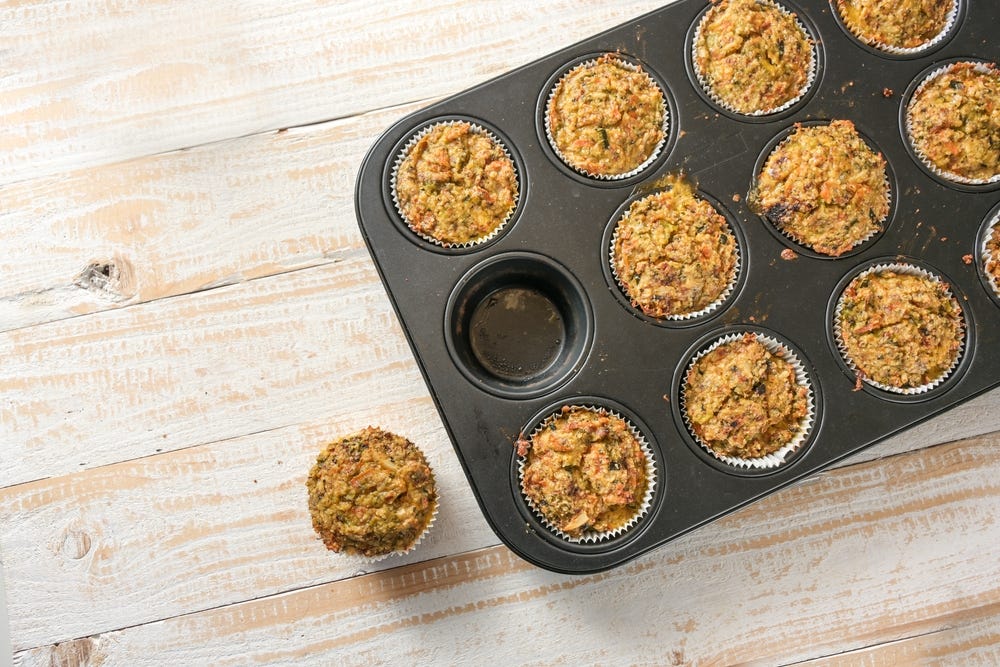
April 24th, 2023
Introducing solids is a big milestone in your little one’s journey. With some planning, you can both have fun exploring this exciting new chapter in your baby’s development.
How do I know when to start solids?
Firstly, wait until your baby is showing signs that they’re ready for solid food. This generally happens at around six months of age and your little one will give some indicators that they’re ready. These signs include:
- Showing an interest generally in food, including reaching out for your food, watching you eat and mimicking you chewing.
- Having good neck and head control to sit up straight when supported, which is important to prevent choking. While introducing solids, continue to breastfeed/use baby formula until your baby is at least 12 months old – solids don’t replace this milk source. As well as providing nutrients, solids are also important for experiencing different tastes and textures, jaw and teeth development and skills needed for language development. Importantly, solids should not be started before four months of age.


How do I introduce solids?
Choose a time that both baby and you are relaxed and not tired (if that is possible!). Give your baby their milk feed first so they’re not hungry, then introduce the solid food.
At around 6 months try 1-2 teaspoons of food first, choosing iron-rich foods initially as this is the nutrient your baby is needing to top up. Iron-rich foods include:
- Iron-fortified infant rice cereal
- Well-cooked, pureed minced meat, poultry and fish
- Cooked tofu and legumes
- Mashed, cooked egg (no raw or runny eggs)


At around 8-12 months you can start to mix foods together.
In addition to iron-rich foods, try adding healthy foods like:
- Cooked vegetables – potato or pumpkin
- Soft fruit – banana or avocado
- Cooked pureed fruit – apple, pear, peaches or apricots
- Grains – wheat, oats, bread and pasta
- Dairy foods – natural yoghurt and cheese
There are a few different ways to “present” the food to your little one.
Start off with a pureed texture and feed it to your baby using a spoon. Then move to mashed, followed by minced and chopped foods. Gradually increase the texture over time and as your baby copes.
Alternatively, you can provide your baby with finger foods and allow them to feed themselves to encourage independent eating.
Regardless of the process you choose, always sit your little one upright and supervise while eating to avoid choking.
Once your baby turns their head away, pushes the spoon away and loses interest, they have had enough. If they spit the food out it doesn’t mean they don’t like it. They are still getting the hang of chewing and swallowing and getting used to the taste and texture of new foods – it’s all new to them! Keep persisting with variety and know that it takes around 10 tries for little ones to like a new food. You’ve got this!
Please speak to your healthcare professional for further advice on your baby’s eating.
Join the conversation and share your thoughts via our Facebook or Instagram.



